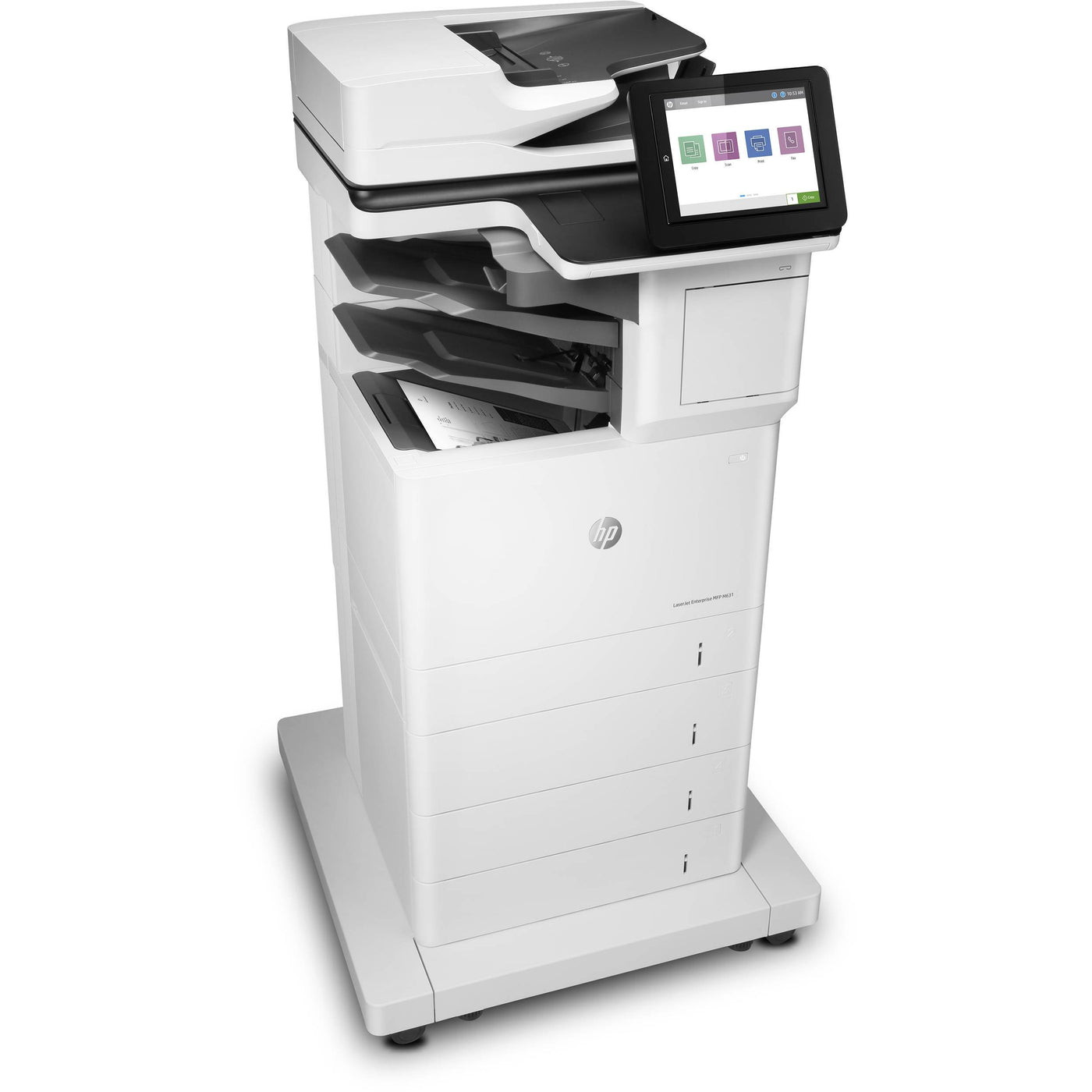In the realm of modern printing technology, laser printers have carved out a significant niche due to their speed, efficiency, and high-quality output. However, while they offer numerous advantages, it is essential to consider the downsides that may not be immediately apparent. This article delves into the less-discussed drawbacks of laser printers, providing a comprehensive overview for potential buyers and users.
- Initial Investment and Maintenance Costs
One of the most significant downsides of laser printers is their initial cost. Compared to inkjet printers, laser printers typically come with a higher price tag. This upfront investment can be a deterrent for small businesses or home users who are looking for budget-friendly options.
Moreover, the maintenance costs associated with laser printers can add up over time. While toner cartridges may yield more pages than ink cartridges, they are also more expensive. Users must consider the cost of replacement toner, which can be a significant ongoing expense, particularly for high-volume printing environments. Additionally, components such as drums and fusers may require replacement, further increasing the total cost of ownership.
- Size and Weight Considerations
Laser printers tend to be bulkier and heavier than their inkjet counterparts. This can pose a challenge for users with limited space or those who require portability. The larger footprint of laser printers may not be suitable for small home offices or shared workspaces. Furthermore, their weight can make them cumbersome to move, complicating any necessary relocation or setup adjustments.
- Limited Color Range and Quality
While laser printers excel in producing sharp text and graphics, they often fall short in color accuracy and vibrancy compared to high-end inkjet printers. This limitation can be particularly noticeable in professional settings where color fidelity is crucial, such as graphic design or photography. Users seeking to print high-quality images may find that laser printers do not meet their expectations, leading to dissatisfaction with the final output.
- Warm-Up Time and Speed Variability
Although laser printers are known for their speed, they often require a warm-up period before they can begin printing. This can be a disadvantage in fast-paced environments where immediate printing is necessary. Additionally, the speed of printing can vary based on the complexity of the document. For instance, printing a simple text document may be quick, but more intricate designs or high-resolution images can slow down the process, negating some of the efficiency benefits.
- Environmental Concerns
The environmental impact of laser printers is another critical consideration. The toner used in laser printers is made from plastic and can contribute to pollution if not disposed of properly. Additionally, the manufacturing process of laser printers can be resource-intensive, raising concerns about sustainability. Users who prioritize eco-friendliness may find that inkjet printers, which often use less plastic and can be more easily recycled, are a better option.
- Noise Levels
Laser printers can be noisier than inkjet printers, particularly during the printing process. The mechanical components involved in laser printing can produce a noticeable sound, which may be disruptive in quiet office environments or home settings. Users who are sensitive to noise or work in shared spaces may find this aspect of laser printers to be a significant drawback.
Conclusion
While laser printers offer undeniable advantages in terms of speed, efficiency, and print quality, it is crucial to weigh these benefits against their potential downsides. From higher initial and maintenance costs to environmental concerns and noise levels, understanding the limitations of laser printers can help users make informed decisions. By considering these factors, individuals and businesses can choose the printing solution that best meets their needs, ensuring a balance between performance and practicality.

